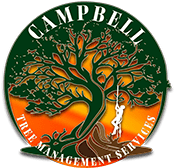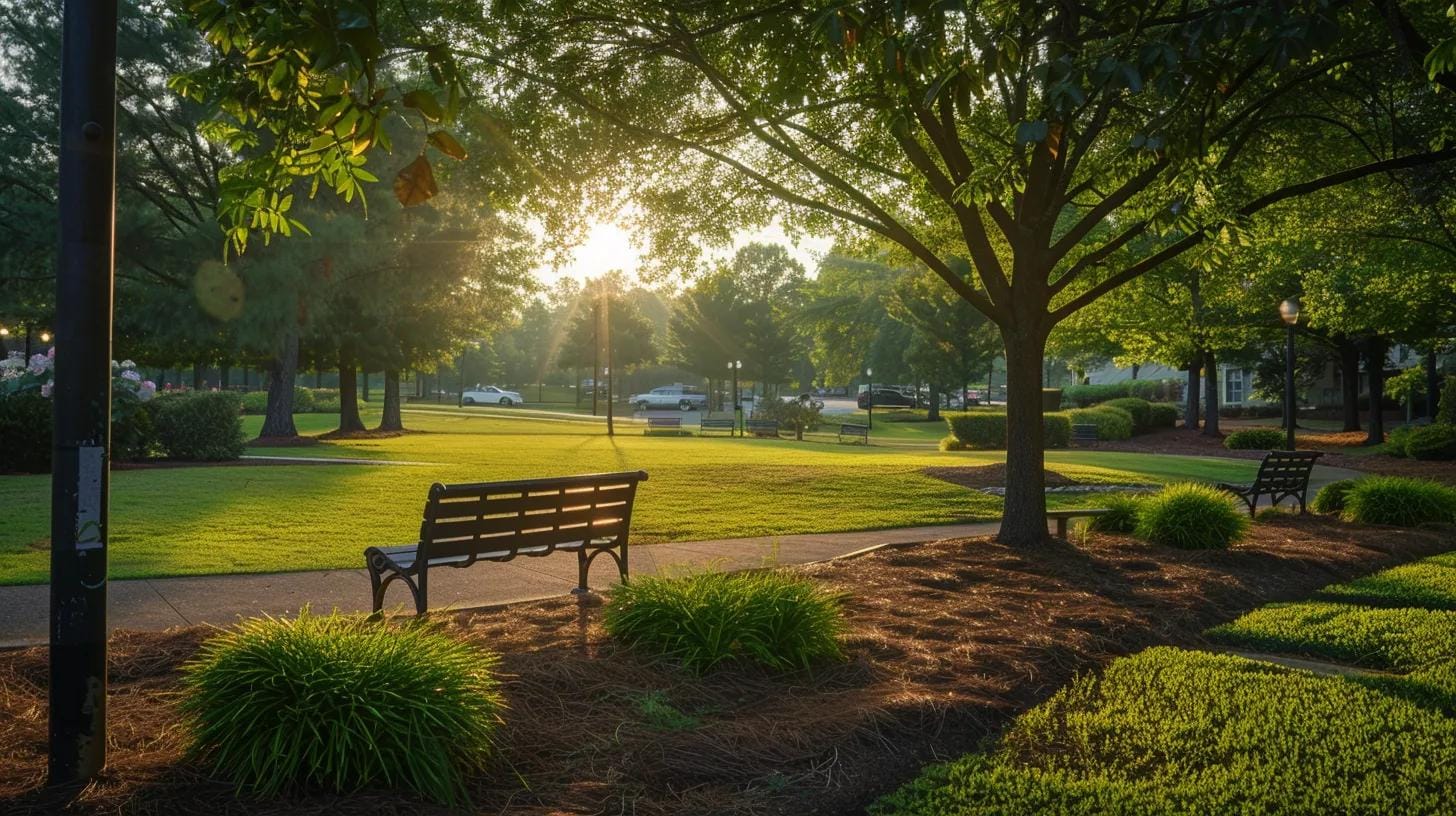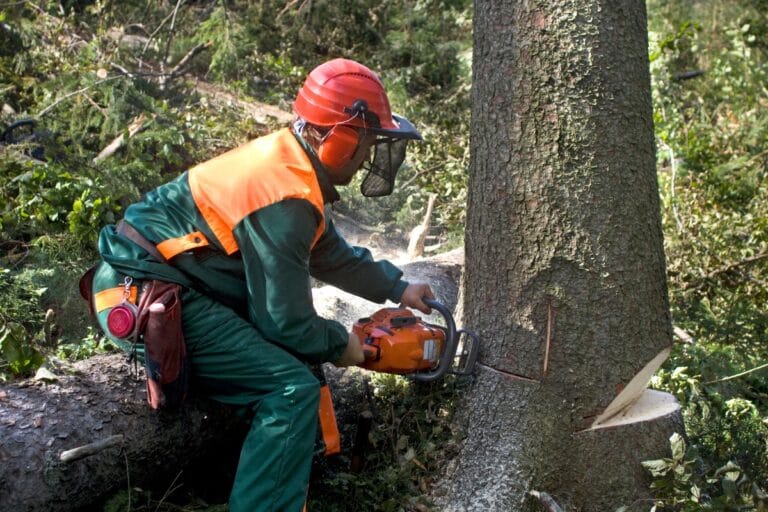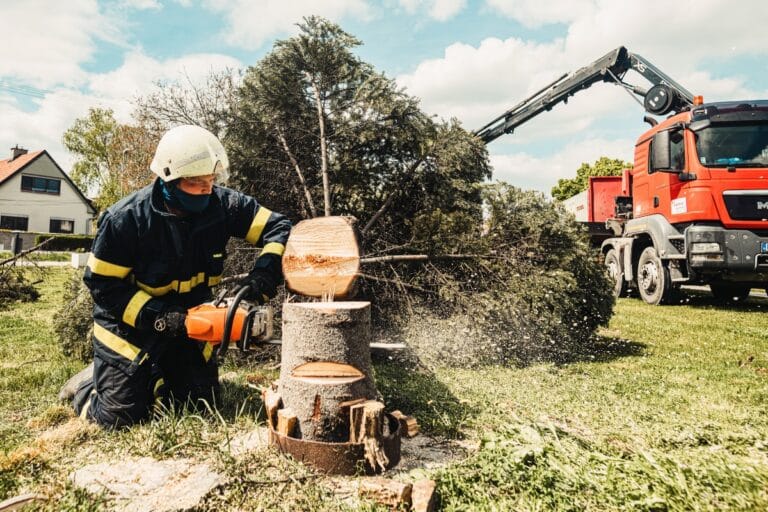As majestic as trees are, they can pose significant risks during storms if not properly maintained and prepared. Storms can bring strong winds, heavy rain, and lightning, all of which can cause trees to become unstable or even fall.
To mitigate these risks and ensure the safety of your property and those around you, it’s essential to take proactive measures for tree safety. In this guide, we’ll delve into the importance of storm damage preparation for trees, offering essential tips and strategies to help homeowners safeguard their trees and property against potential damage during storms.
From regular tree inspections and pruning to identifying warning signs of tree instability and implementing preventative measures, these tips will empower homeowners to take proactive steps towards tree safety. Whether you’re facing an upcoming storm season or simply looking to protect your property year-round, get ready to prioritize tree safety and prepare for whatever Mother Nature may bring.
Stay Safe: How to Ensure Tree Safety on Your Property
Assessing Tree Health: Identifying Vulnerable Trees
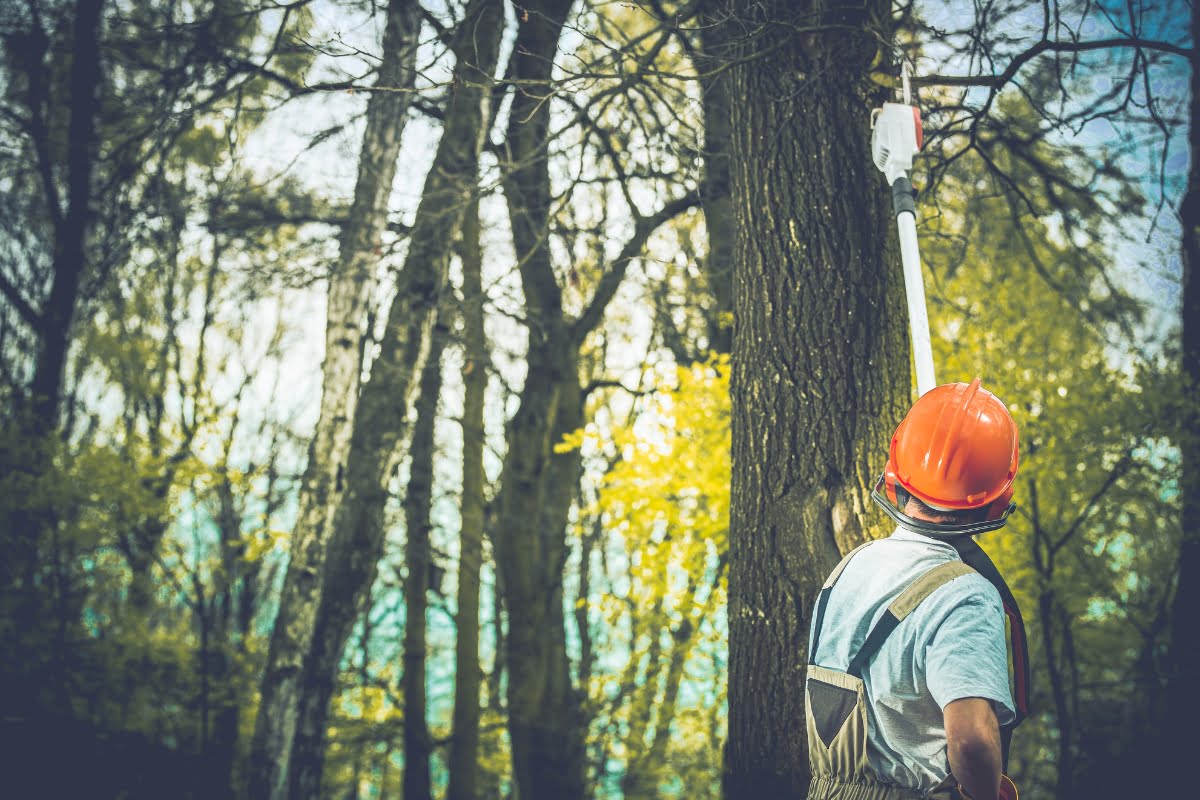
Before you can effectively prepare your trees for storm damage, it’s essential to assess their health and identify any vulnerabilities. A healthy tree is more likely to withstand the forces of nature, while a weakened or diseased tree may be at a higher risk of falling or losing branches during a storm.
Start by inspecting the overall condition of your trees. Look for signs of decay, such as cavities, deadwood, or fungal growth. These are indicators that the tree may be compromised and more susceptible to storm damage. Additionally, check for any structural issues like cracks in the trunk or major limbs that could potentially fail under high winds.
If you’re unsure about assessing tree health on your own, consider consulting with a certified arborist. These professionals have the expertise to identify potential hazards and provide recommendations for tree care and maintenance.
Proper Tree Pruning Techniques: Enhancing Structural Strength
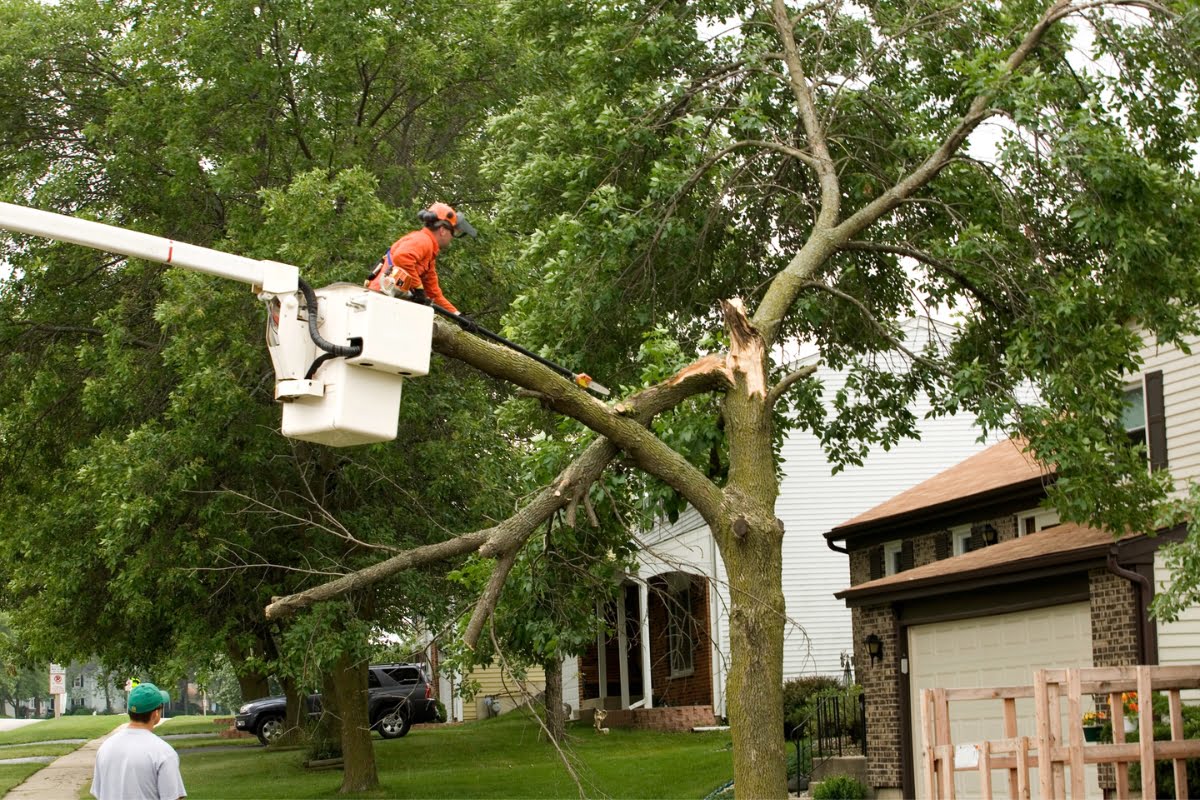
Pruning is an essential practice for maintaining healthy trees and reducing the risk of storm damage. Proper pruning techniques not only enhance the structural strength of trees but also promote overall tree health.
When pruning your trees, focus on removing dead or weak branches that could break off during a storm. It’s important to make clean cuts just outside the branch collar without leaving stubs, as this can lead to decay and create entry points for pests and diseases.
Avoid topping or excessive crown thinning, as these practices can weaken the tree’s structure and make it more vulnerable to wind damage. Instead, aim for a balanced crown that allows wind to pass through without causing excessive stress on individual branches.
Soil Management: Nurturing Tree Roots for Stability
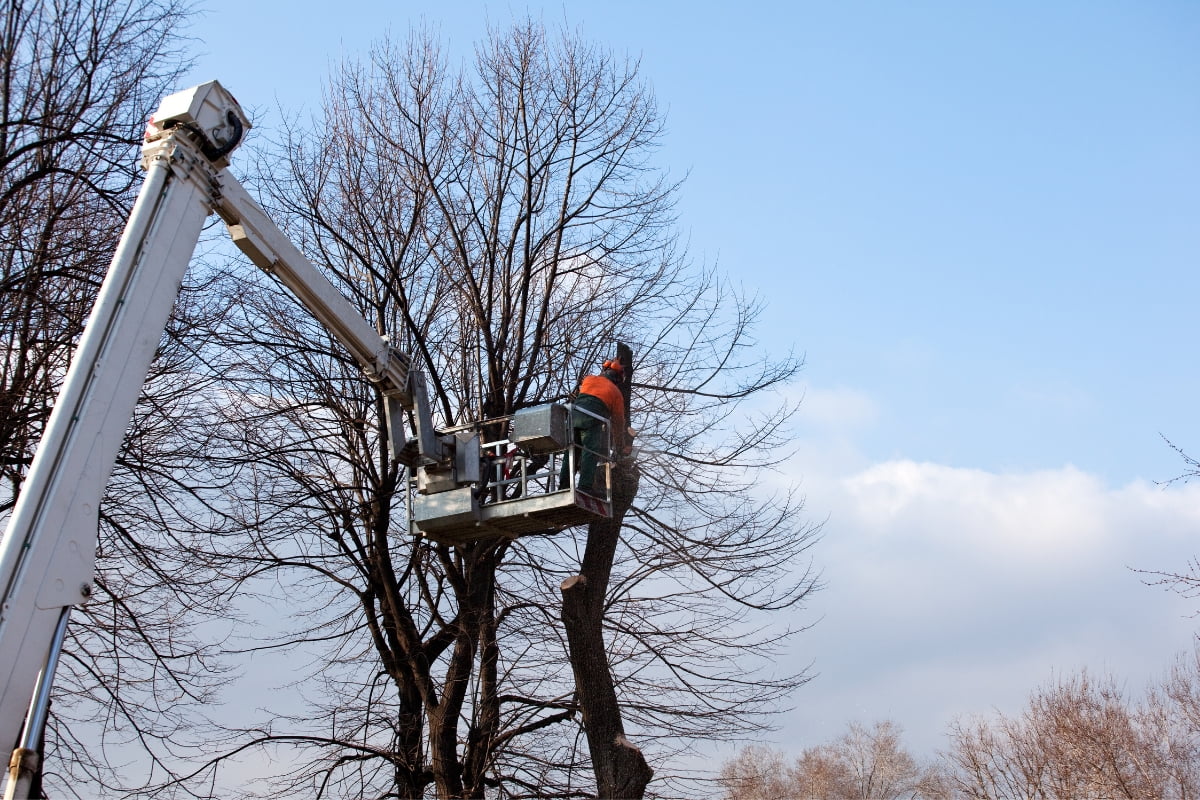
Soil management plays a crucial role in nurturing tree roots for stability, especially when it comes to tree safety during storms. Proper soil management techniques can help prevent tree uprooting and minimize storm damage risks. By understanding the importance of soil health and its impact on the stability of trees, you can effectively prepare your trees for extreme weather conditions.
One essential aspect of soil management for tree safety is ensuring adequate drainage. Poor drainage can lead to waterlogged soil, weakening the tree roots’ stability and making them more susceptible to uprooting during storms. By maintaining proper drainage systems and avoiding overwatering, you can promote healthy root growth and enhance the tree’s ability to withstand strong winds.
In addition to drainage, it is vital to provide adequate nutrients to the soil to support tree health and stability. Fertilizing the soil with appropriate nutrients, such as nitrogen, phosphorus, and potassium, can help strengthen the roots and improve the tree’s resistance to storm damage. Regular soil testing can help you determine the specific nutrient requirements of your trees and ensure they receive the necessary nourishment.
Mulching is another effective soil management practice that can benefit tree safety. Mulch helps retain moisture in the soil, regulate soil temperature, and reduce competition from weeds, promoting optimal root growth and stability. Proper mulching techniques, such as maintaining the right thickness and distance from the tree trunk, can enhance the overall health of the trees and increase their resilience to storms.
Furthermore, regular inspection of the soil conditions around trees is essential for early detection of any issues that may compromise tree safety. Look for signs of soil erosion, compaction, or fungal growth, as these can indicate potential risks to the tree stability. Addressing these concerns promptly through appropriate soil management measures can help mitigate storm damage and ensure the long-term health of the trees.
Lightning Protection: Safeguarding Trees During Storms
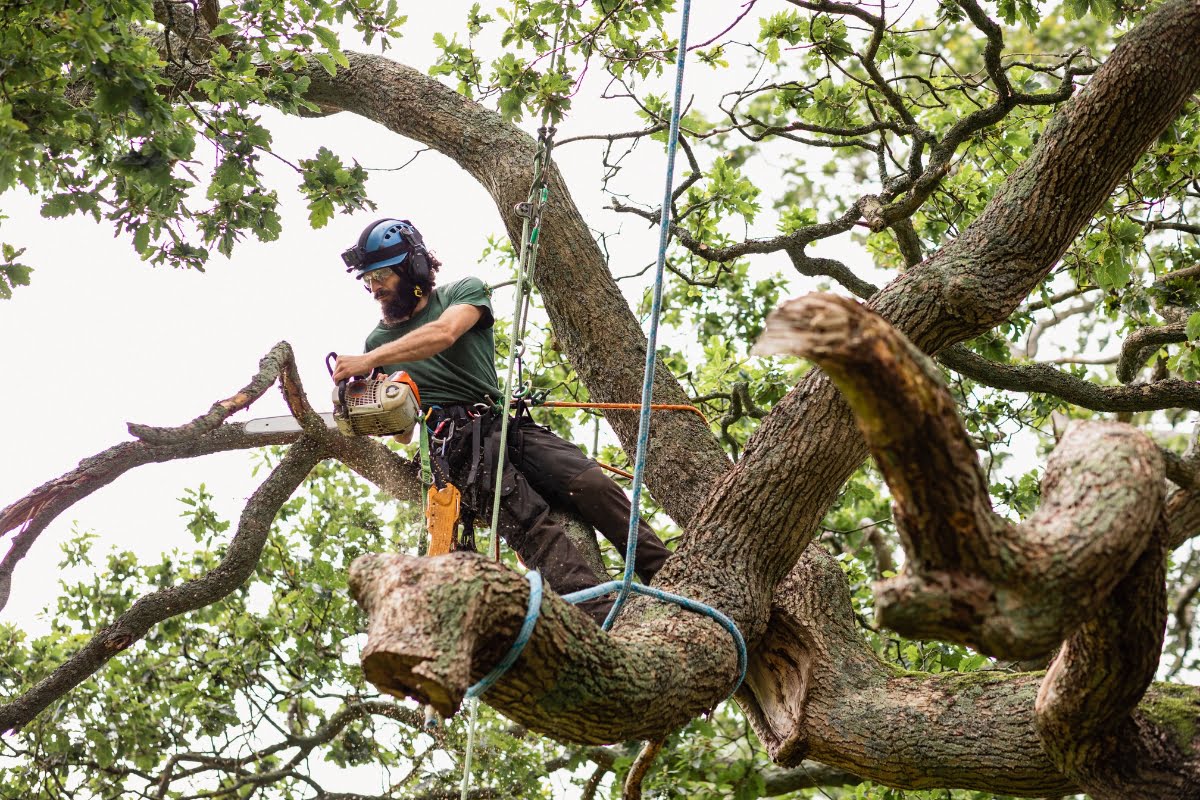
During thunderstorms, trees can become lightning targets due to their height and conductivity. Lightning strikes can cause severe damage or even kill a tree instantly. Implementing lightning protection measures can help safeguard your trees during storms.
One effective method is installing lightning rods or conductors on taller trees. These devices intercept lightning strikes and redirect the electrical charge safely into the ground without harming the tree. It’s important to consult with a certified arborist or lightning protection specialist for proper installation and maintenance of these systems.
Another preventive measure is avoiding planting tall trees near structures that are prone to lightning strikes, such as houses or power lines. If you have existing tall trees in close proximity to vulnerable structures, consider consulting with an arborist about potential pruning techniques that can reduce the risk of lightning damage.
Windbreak Planning: Creating a Protective Landscape Design
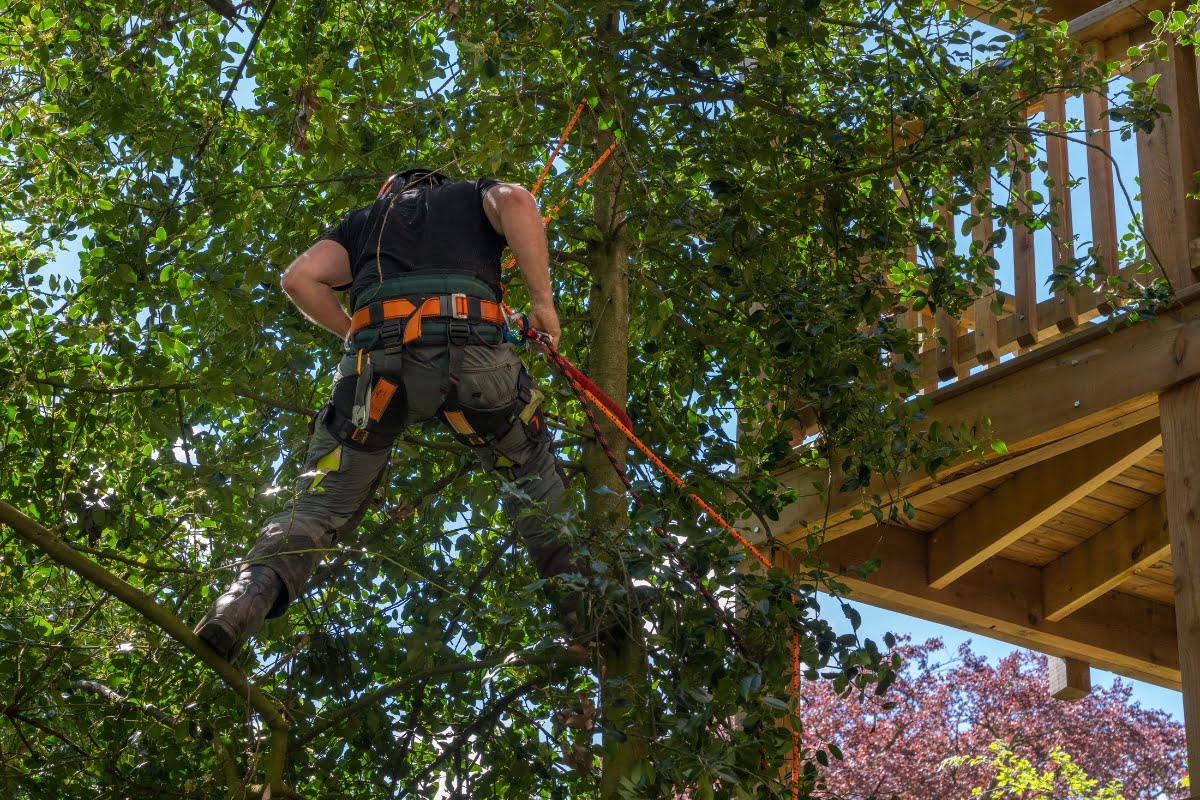
When it comes to windbreak planning, designing a landscape that offers protection is crucial for ensuring tree safety, especially during storms. Incorporating strategic elements into your landscape can significantly minimize storm damage. Here are some essential tips for creating a protective landscape design:
Choosing the Right Trees
Selecting the appropriate trees for your windbreak is essential for effective protection. Opt for sturdy, storm-resistant tree species that can withstand strong winds and adverse weather conditions. Trees like oak, maple, and cedar are known for their resilience and can help fortify your landscape against storm damage.
Placement and Spacing
Proper placement and spacing of trees in your windbreak are key factors in maximizing protection. Plant taller trees on the windward side to intercept strong winds, while shorter trees can be placed behind them to create a layered defense system. Adequate spacing between trees is crucial to prevent overcrowding and ensure optimal wind resistance.
Maintenance and Pruning
Regular maintenance and pruning are essential for tree safety and storm damage prevention. Trim any overhanging branches that could pose a risk during storms, as these can become projectiles in high winds. Additionally, inspect trees for signs of disease or decay and promptly address any issues to maintain tree health and stability.
Mulching and Soil Management
Proper mulching and soil management can improve the overall health and resilience of your trees. Mulch around the base of trees helps retain moisture, regulate soil temperature, and reduce weed growth. Healthy soil conditions support strong root systems, which are vital for anchoring trees securely in the ground during storms.
Regular Inspections: Monitoring Tree Conditions
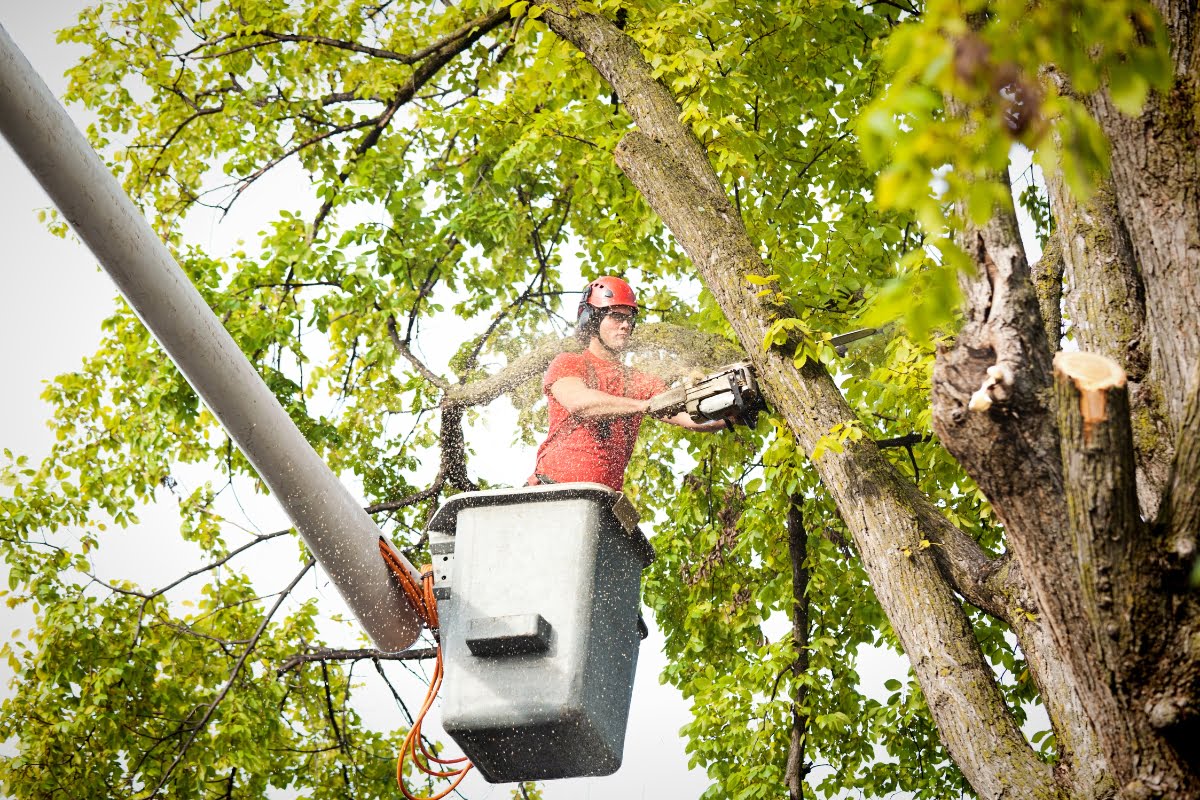
Maintaining tree safety requires regular inspections to monitor their condition and address any potential issues promptly. Regular inspections allow you to identify early signs of decay, disease, or structural problems before they escalate into major hazards.
Inspect your trees at least once a year, preferably in the spring or fall when foliage is minimal. Look for signs of stress or decline, such as yellowing leaves, stunted growth, or pest infestations. Pay attention to any changes in the tree’s structure or stability as well.
If you notice any concerning signs during your inspections, consult with a certified arborist for further evaluation and guidance. They can recommend appropriate treatments or interventions to mitigate risks and preserve tree health.
Emergency Response Plan: Preparing for Post-Storm Cleanup

No matter how well-prepared you are, storms can still cause damage to your trees. Having an emergency response plan in place will help you handle post-storm cleanup efficiently and safely.
Start by familiarizing yourself with local regulations regarding tree removal and disposal. Some areas may require permits or have specific guidelines for handling fallen trees. Knowing these regulations beforehand will save you time and potential legal issues.
Consider creating a list of reliable tree care professionals or arborists who can assist with post-storm cleanup. Having their contact information readily available will enable you to quickly seek their expertise and services if needed.
Lastly, ensure you have the necessary tools and equipment for basic tree maintenance and cleanup. This may include chainsaws, pruning shears, safety gear, and a means to transport debris. Always prioritize safety when working around damaged trees, and if in doubt, consult with professionals.
Collaborating with Certified Arborists for Professional Guidance
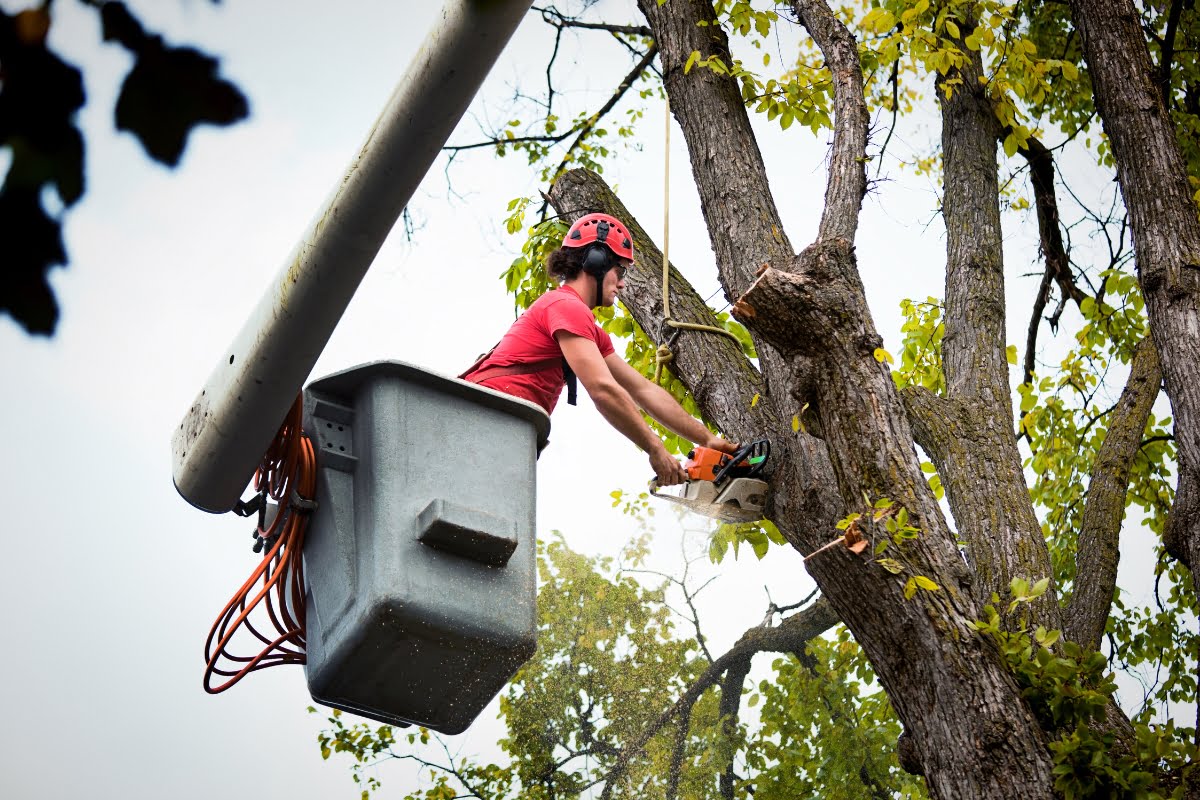
When it comes to tree safety and storm damage preparation, collaborating with certified arborists is invaluable. These professionals have the knowledge and experience to assess tree health accurately, recommend appropriate treatments or interventions, and provide guidance on long-term tree care.
Consulting with an arborist can help you develop a comprehensive plan tailored to your specific landscape and trees. They can identify potential hazards that may go unnoticed by untrained eyes and offer expert advice on pruning techniques, soil management, windbreak planning, lightning protection systems, and more.
Arborists can also provide ongoing maintenance services to ensure your trees remain healthy and resilient throughout the year. Regular inspections by certified professionals give you peace of mind knowing that your trees are in good hands.
Conclusion: Embracing Tree Safety for Peace of Mind
Prioritizing tree safety is essential for protecting your property and loved ones from storm damage. Remember, tree safety is an ongoing process that requires consistent care and attention. By embracing these essential tips and incorporating them into your tree maintenance routine, you can create a resilient landscape that withstands the forces of nature and provides peace of mind for years to come.
As storm season approaches, it’s crucial to prioritize tree safety to protect your property and loved ones. Campbell Tree Management Services is here to help you prepare with our expert tree care and storm damage cleanup. With our team of professionals and commitment to safety, we’ll assess your trees, address any potential hazards, and ensure your property is storm-ready. Contact us today at (770) 286-8058 or request a free quote and take the proactive steps needed to safeguard your home against the elements.
